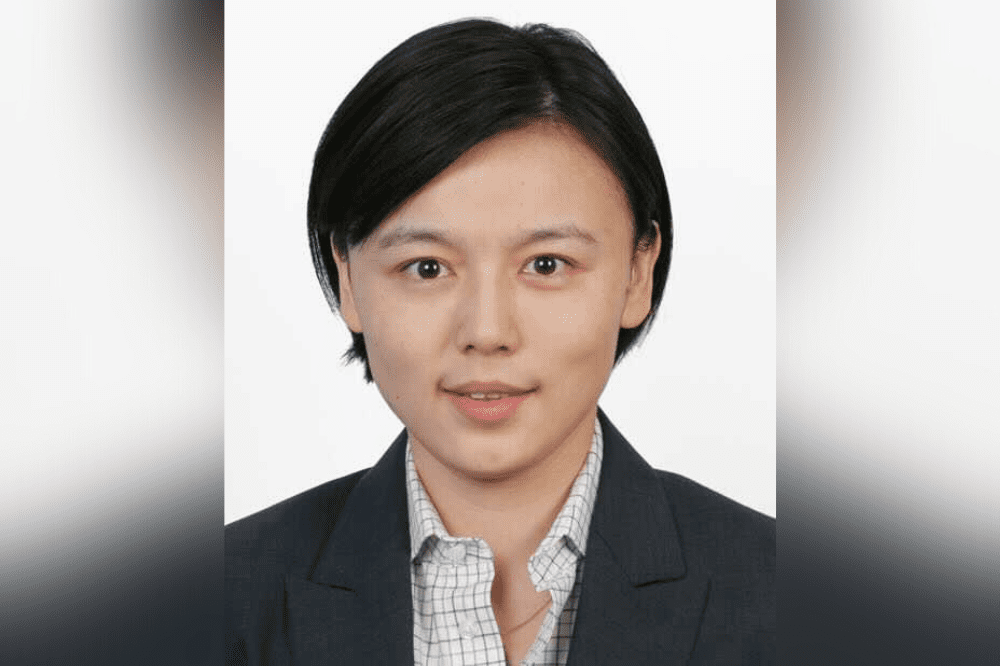Spotlight on Chinese insurance market trends

“China is a massive single market and various internal and external factors have shaped how the insurance industry has evolved to its current iteration,” Wu said. “Some of the biggest trends include fundamental changes to the business model, ecosystem development as well as rapid digitalisation.”
Top trends in China’s insurance market
Wu said that the most obvious and largest trend for insurance in China is the significant transformation in the life and P&C industries, with the agency channel exhibiting the largest change.
“Life insurers have been downplaying scale while shifting their focus to value creation,” Wu said. “Essentially, there has been a decoupling from asset-driven and ‘mass-in-mass-out’ models. And in response to calls for a more protection-focused orientation, life insurers in China have been undergoing value-driven transformations along multiple dimensions, including customer segmentation, channel, product, and operations.”
For P&C insurers, there has been increased focus on combined operating ratio optimisation, with core inflationary hikes lurking around the corner, pushing up claim expenses. Wu said customer acquisition also has become a core issue, with increased costs due to channel dominance, putting pressure on P&C players to improve underwriting and operation efficiency.
Another major trend Wu identified is a push for a high-quality market and ecosystem development. This includes moving towards a more competitive and fair market, which will remain a key theme for the insurance sector. Rapid digitalisation has also driven down the cost for tech-enabled products and services further with an increasing focus on automation.
Insurers are now dealing with new customer expectations, which are being constantly shaped by more digitally advanced industries.
“This has driven insurers to react through radical digital transformation programs at two levels, which are value proposition and service delivery,” Wu said. “Ecosystem play helps insurers to find new levers within the value chain and advance their business model. Successful players could upgrade their business model from pure protection to include prevention (for reducing claims frequency), service (for reducing claims severity and increasing customer loyalty) – while also increasing lead generation in the moment of need. With this, insurers are moving from an insurance-centric perspective to a more customer-centric perspective, bringing together services from across industries.”
Wu also highlighted the increased entry of foreign insurance players from mature markets, as China is further opening its financial markets.
“In the meanwhile, we see the Chinese market embracing the advanced know-how across sub-markets, such as life, non-life, intermediaries, pension, and asset management,” she said. “There are also major business opportunities in social protection and common prosperity causes as insurers are encouraged to take a more active role in promoting them. These include areas such as health, retirement, agriculture, credit and guarantee, and catastrophe insurance. Products are also designed to cater to socioeconomically disadvantaged groups, such as senior citizens, rural residents and self-employed or flexible employment contracts.”
Contrasting China and Western markets
According to Wu, China’s market has advanced rapidly, partly to the crossover of innovation driven by the non-insurance sector, as well as a more technology-inclined population.
“The external pressure from the private sector, which has transformed itself into a conglomerate, has evolved and matured along all axes of the vertical financial ladder, from their own online sales channels to distribution of insurance and development of insurance products,” Wu said. “These have driven up the online services and model in the Chinese market, which is a vastly different experience from the Western markets as development is triggered by the incumbent insurance players.”
In contrast, in the Western markets, incumbent insurers are working with insurtech startups and funding them while concurrently undergoing digitalisation. According to Wu, this reduces the cost of duplication. This results in a different pressure to innovate and revolutionise the insurance model.
“From a cultural perspective, the Chinese market aims to be self-sufficient, and tends to draw support primarily from an extended family network while Western markets are more accustomed to the highly specialised way of working and living due to the long history of the Industrial Revolution and the concept of division of labour,” Wu said. “As a result, Western markets typically outsource their risk protection to an independent institution rather than to their family and friends, hence the strong foundation for the concept of modern insurance. Although insurance awareness is rising in China after years of promotion, the level of awareness is still relatively lower than that in the West, creating a higher barrier when it comes to selling insurance products in China.”
However, customers in China are more open to adopting technology, due to a more prevalent digital economy, such as e-commerce and digital payments.
“In this digital-heavy environment, less persuasion is needed to convince the Chinese market to interact with insurers through technology, while the Western market might be more reluctant to make the switch,” Wu said.





